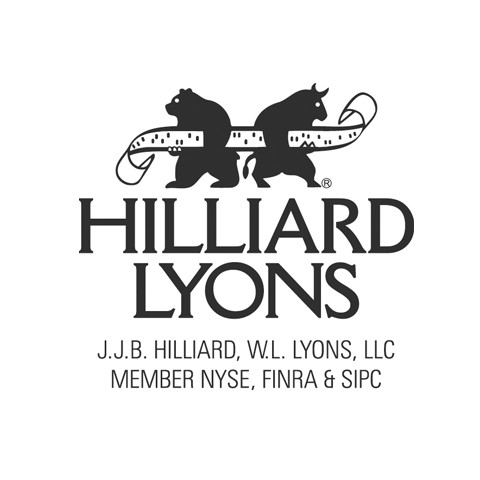Hilliard Lyons
Post on: 16 Март, 2015 No Comment

When a new job or retirement takes life in a different direction, re-route your retirement savings for better investment control.
When you leave your employer, either for a new job or to retire, you do not need to leave your money in your employers retirement savings plan. Typically, employers offer limited investment options for your retirement savings, usually between 15 and 20 choices. By rolling over your retirement savings into an IRA, you can put your money in virtually any investment option. If you have multiple retirement accounts, it can also be a good idea to roll them over into one account. With your retirement assets consolidated into one account, you will have a better view of your total investment strategy. You will also minimize account administration fees for potential savings.
A Hilliard Lyons Financial Consultant can help you conduct the rollover, and help you figure out the best investment strategy for your life stage and life goals.
DID YOU KNOW? You can avoid the 20% IRS withholding tax if you have your employer directly roll over your retirement assets into a Rollover IRA.
The Benefit of a Rollover IRA
When you leave your employer, there are several choices you can make for your accumulated retirement savings, and a rollover IRA is often the best choice you can make.
When you leave a job, one option is to cash out your savings from your qualified retirement savings account. The benefit is that you get the immediate use of your funds. However, this is usually the worst path you can take as you will be subject to a 10% early withdrawal penalty if you are younger than 55 and you will lose the benefit of tax-deferred growth and sacrifice your retirement savings.
Another option is to leave your money in your former employers plan. This would preserve your retirement savings by allowing your money to continue to grow tax-deferred. However you will not be able to continue making contributions, and your investment options may be limited. These limitations could also apply if you roll your money into a new employers account.
With an indirect rollover into an IRA, your employer sends you a check and you have 60 days to transfer the money into an IRA. The problem with this option is that your employer will be required to withhold 20% as prepayment of federal income taxes, and you have to make up the difference out-of-pocket when you open up your accounts. Youll get the 20% back after you file your income taxes that year.
Typically, the best choice will be to directly rollover your money into an IRA. With a direct rollover, you preserve your retirement savings, continue to grow your money tax-deferred, avoid current taxation and IRA early withdrawal penalties, and open up your menu of investment options to gain much greater investment flexibility. Your Hilliard Lyons Financial Consultant can help you create an asset allocation strategy for your retirement savings based on your goals and help you choose the products that best support your strategy.
While there is a limit to how much you can contribute to a traditional or Roth IRA each year, there is no limit as to how much you can roll over into a Rollover IRA.














